When your beloved feline suddenly hisses at your new partner or blocks your keyboard when you’re trying to work, you might wonder if cats actually experience jealousy. While jealousy is a complex emotion, and cats don’t experience it as we define it, they certainly display behaviors that look remarkably similar to the green-eyed monster we humans know so well. One of the most common signs of jealousy in cats is acting possessive of their pet parents or of other members of the household.
What we interpret as jealousy is actually stress-induced and resource-guarding behaviors. Like people, cats can experience a lack of confidence and insecurity that leads to jealousy. They sometimes find themselves in a situation that might trigger jealousy. A new pet or person in the house might cause a cat to question their hierarchy. Some breeds are naturally more prone to these possessive behaviors than others, and honestly, if you’re considering adopting one of these emotional breeds, you’ll want to know what you’re getting into. Let’s explore which feline companions are most likely to give you the stink eye when you pet another cat.
Siamese Cats: The Drama Queens of the Feline World

Siamese cats (known for being one of the friendliest cat breeds and notably super smart) tend to be very particular about their territory. “Siamese cats are some of my favorite cats, but they tend to be very attached to their humans, so they can see any invader into their space as a threat,” says Lusvardi. These chatty felines don’t just want your attention, they demand it with the intensity of a stage performer.
Siamese cats are extremely social, devoted, and loyal. They act like dogs following their owner around the house seeking for the whole attention. When they feel threatened by another pet or person, they’ll make their displeasure known through vocalization, attention-seeking behaviors, and sometimes even aggressive posturing. They could get depressed if they are left alone for a long time.
Oriental Shorthairs: Attention-Seeking Superstars
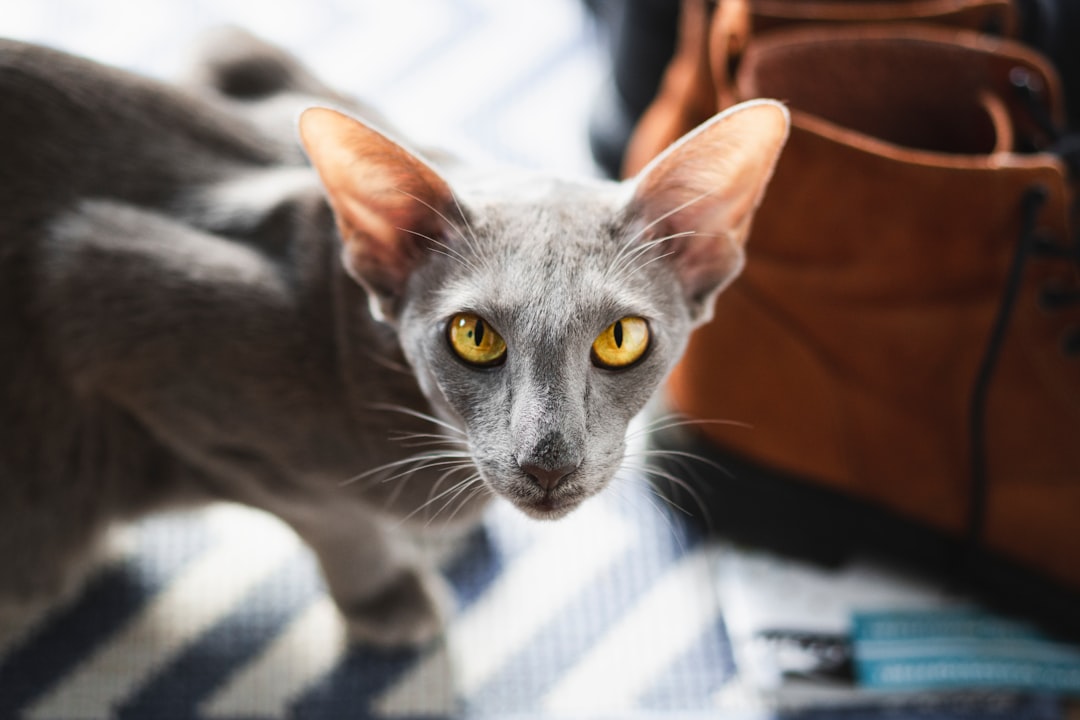
One particularly jealous cat breed is the Oriental Shorthair. These furballs adore being the center of attention and they’ll do anything to achieve that. Think of them as the extroverted performers of the cat world, always ready to steal the spotlight from anyone or anything that dares to compete for your focus.
Oriental Shorthairs are closely related to Siamese cats and were developed from Siamese breeding programs, though they similarly love to interact with the family and stay involved in everyone’s business. Their jealous tendencies manifest through physical interruption, excessive vocalization, and dramatic displays designed to redirect your attention back where it belongs: on them.
Turkish Angoras: The Elegant Controllers
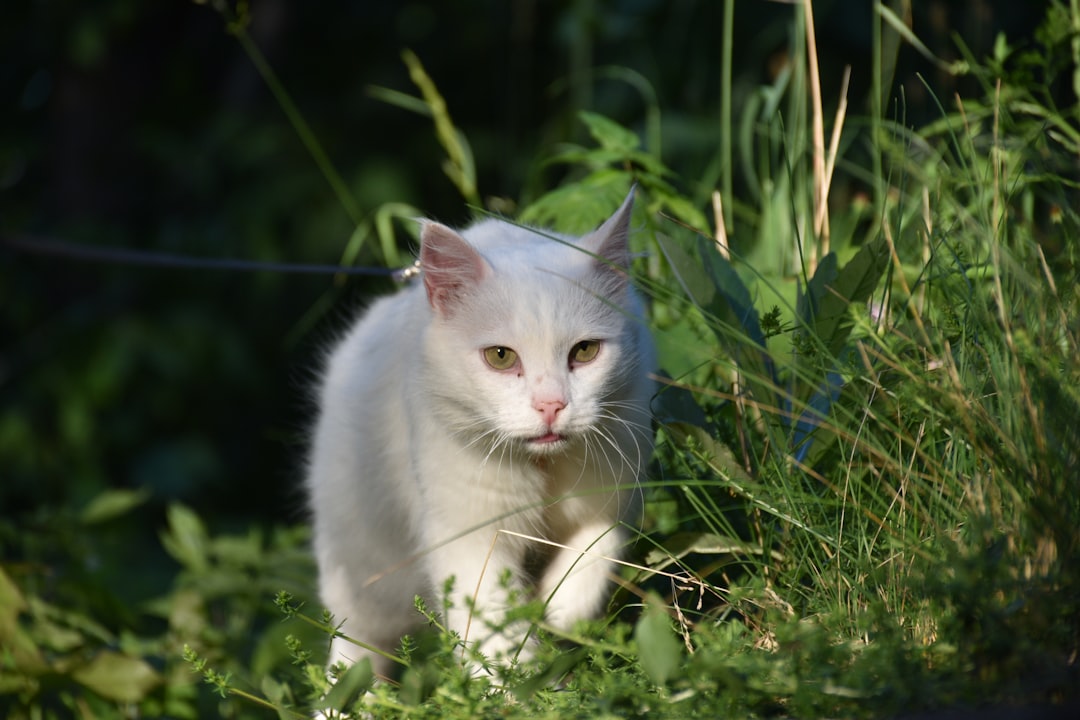
A Turkish Angora is somewhat dog-like in nature. Unlike the reserved nature that the cats usually have, these cats want to be in the middle of whatever you are doing. They are very energetic and due to their strong presence, they are quite difficult to ignore. These graceful beauties don’t just participate in family life, they orchestrate it.
They are very dominating and though they are excellent with family, kids, and other pets, they will make sure to let other animals know who is the boss here. jealous of attention by their owners to other cats or infants, Turkish Angoras will use their intelligence and persistence to maintain their position as the household’s primary focus.
Russian Blues: The Sensitive Souls
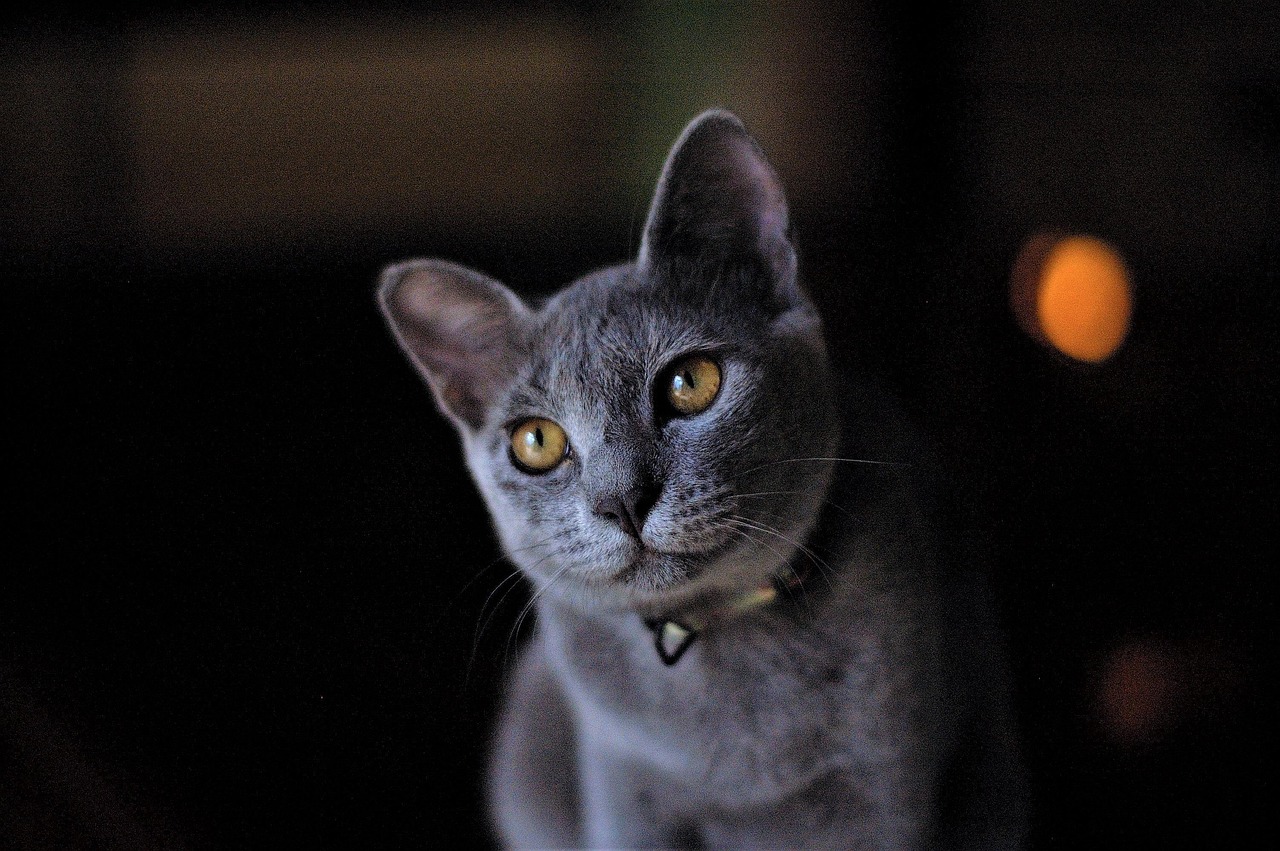
While not as overtly dramatic as some breeds, Russian Blues form incredibly strong bonds with their chosen humans. These cats are naturally reserved and prefer routine, making them particularly sensitive to changes in their environment or their owner’s attention patterns. When they feel their special relationship is threatened, they may withdraw or display subtle signs of distress.
Their jealousy tends to manifest more quietly than other breeds, through hiding, loss of appetite, or refusing to engage in previously enjoyed activities. Russian Blues need consistent reassurance and gradual introductions to new family members or pets to help them adjust without feeling displaced.
Persian Cats: The Regal Competitors

The sweet and gentle Persian prefers serenity and gentle handling, but once it feels secure can adapt to a boisterous household. Playful but not demanding, they communicate with soft voices and large, expressive eyes. The breed doesn’t demand your undivided attention but enjoys it when you give it. This creature of habit is comfortable in its home whether you are there or not, but will be happy to see you.
However, don’t let their calm demeanor fool you. Persians can become quietly possessive, especially when they feel their comfortable routine is disrupted by newcomers. Their jealousy is more subtle but equally persistent, often expressed through passive behaviors like refusing to leave their favorite perch when competitors are around.
Bengal Cats: The Wild Hearts
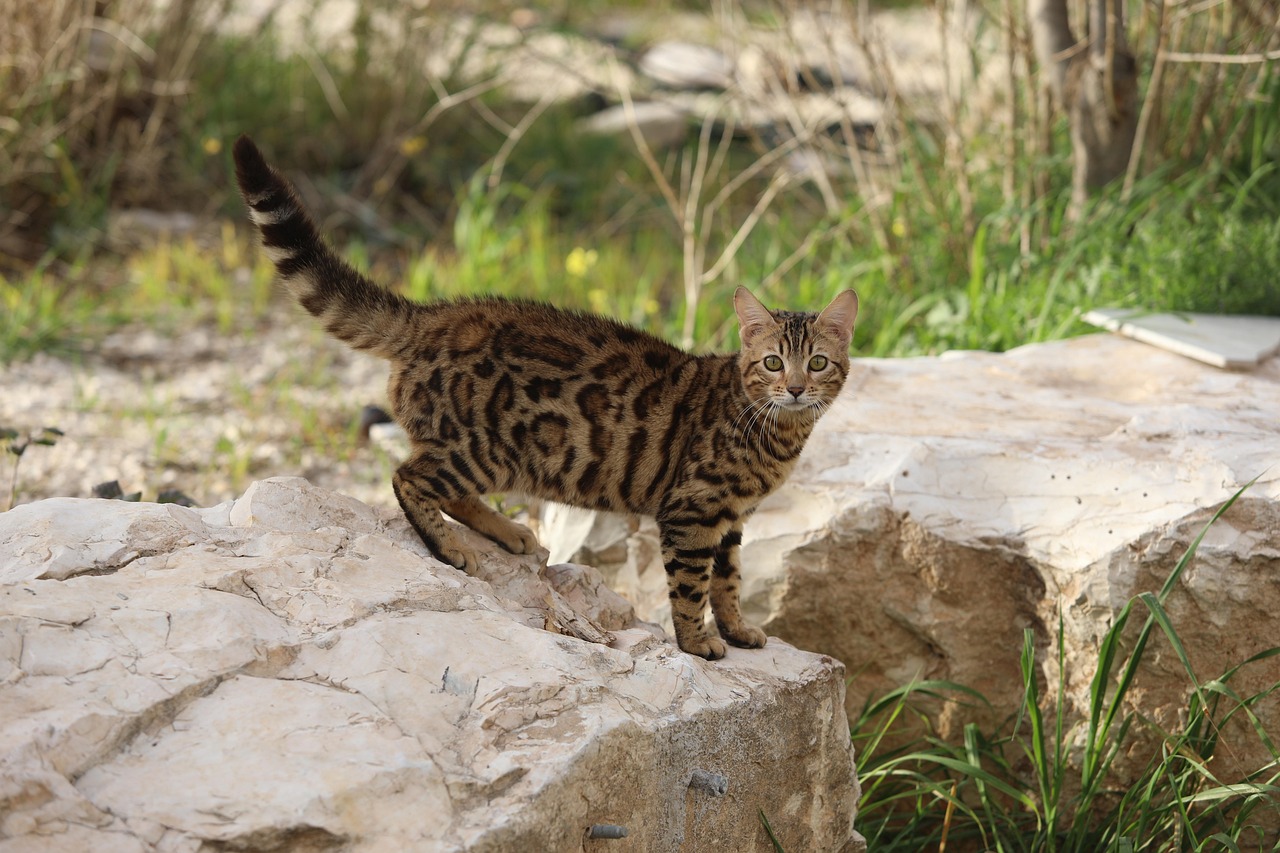
This splendid creature, however, has a strong character, is highly energetic, and is incredibly talkative. In short, patience and availability are the keywords if you want to adopt a Bengal cat, and the best thing is to have two so that they can keep each other company. Bengals bring their wild ancestry into their emotional responses, including territorial behaviors that can appear as jealousy.
They bond closely with their families and demand plenty of interaction and playtime. With their short coats, Bengal Cats need minimal grooming, but they do need sufficient space and multiple interactive activities. When Bengals feel their territory or relationships are threatened, they may become destructive, overly vocal, or engage in attention-seeking behaviors that can be quite dramatic.
Burmese Cats: The Social Butterflies Gone Possessive
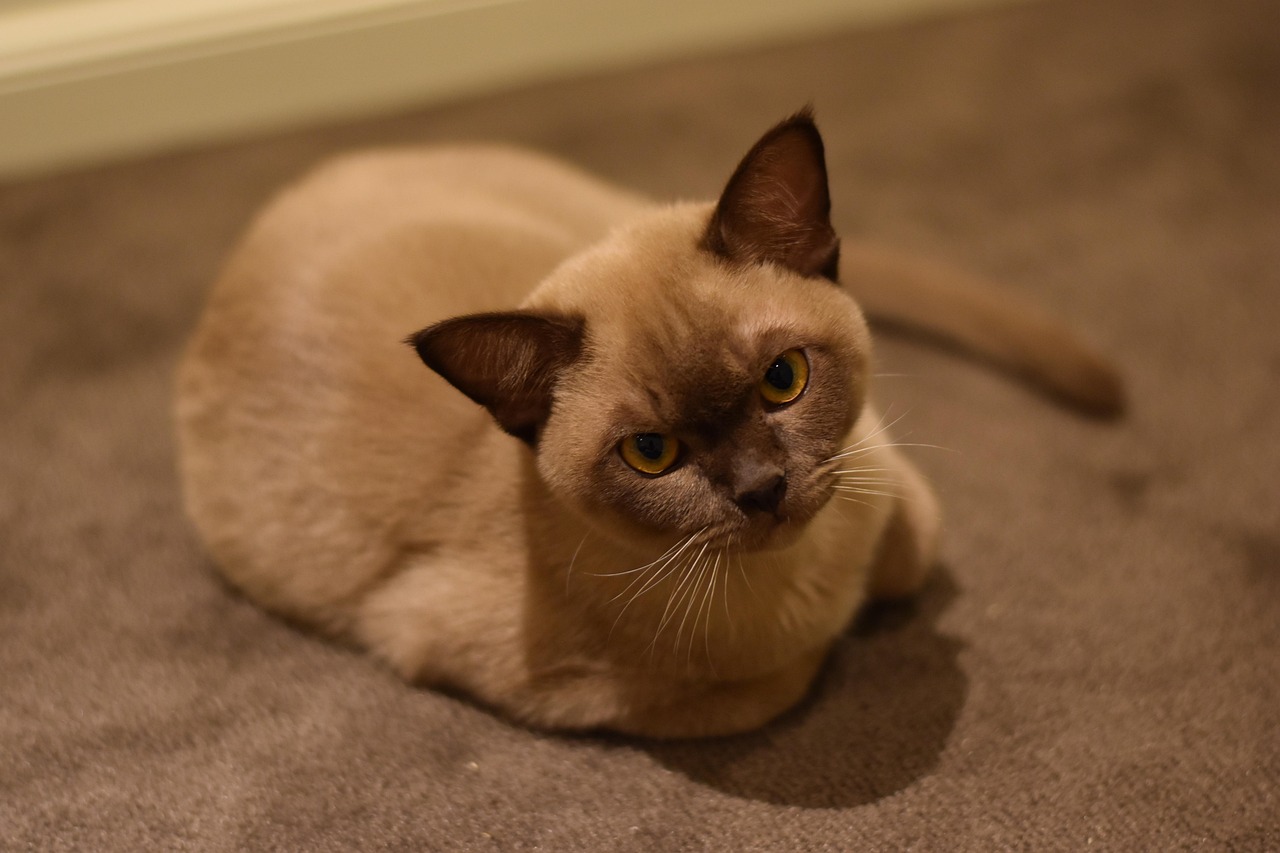
The stunning Burmese shows their Siamese heritage by being vocal and playful. They love to chat with their owners and have an outgoing and playful nature, even with strangers. However, this social nature can flip quickly when they perceive competition for their owner’s affections.
Burmese cats form intense bonds with their families and can become surprisingly possessive when new pets or people enter their territory. Their jealousy often manifests through increased vocalization, following behaviors, and attempts to physically insert themselves between their owner and the perceived threat.
Tonkinese Cats: The Velcro Felines
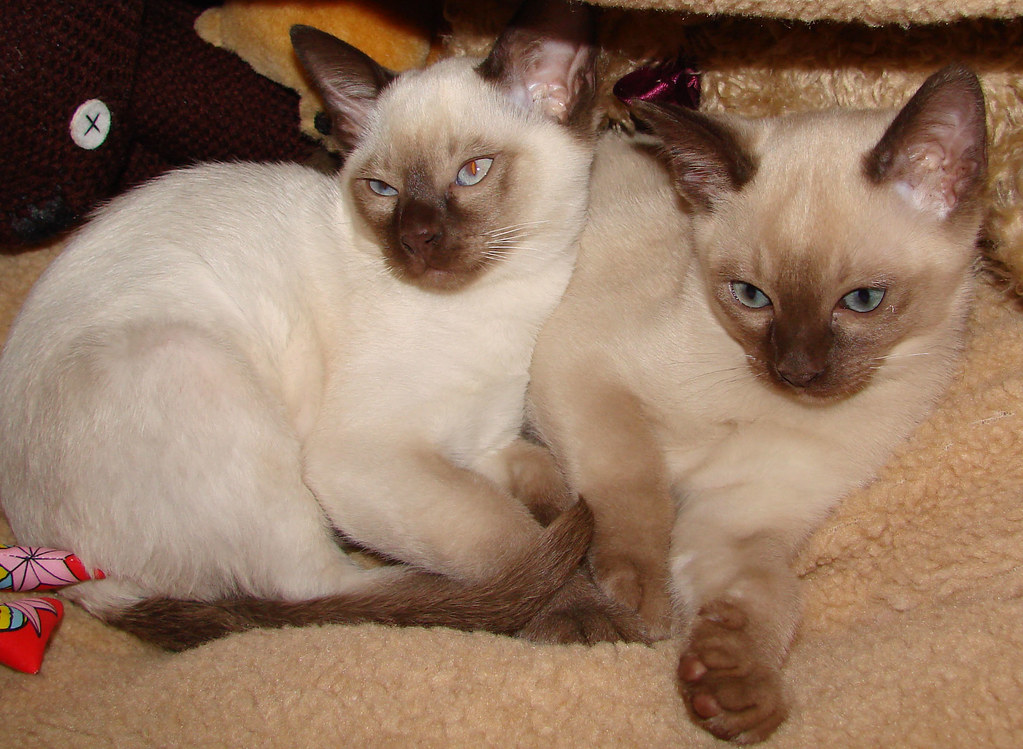
Tonkinese cats are a blend of Siamese and Burmese breeds, combining the best traits of both. Temperament: Social, affectionate, and playful. Best For: Families or individuals who can provide plenty of interaction. This combination also means they inherit the possessive tendencies of both parent breeds, often magnified.
These cats literally want to be attached to their owners at all times, earning them the nickname “velcro cats.” When this constant companionship is threatened by other pets or family members, Tonkinese cats can display intense jealous behaviors, from excessive vocalization to physical blocking of the perceived competition.
Devon Rex: The Mischievous Attention Seekers
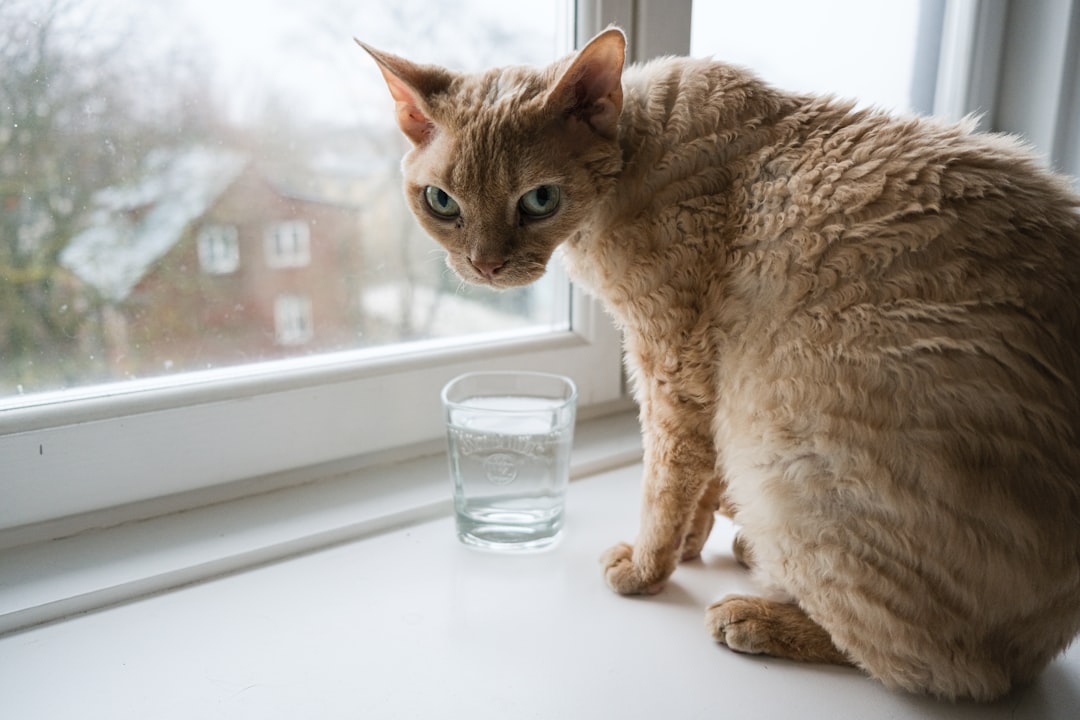
The Devon Rex is a small, pixie-like breed with large ears and a playful nature. Temperament: Energetic, mischievous, and affectionate. Best For: Those who enjoy an active and interactive pet. Their mischievous nature extends to their emotional responses, and they can become quite creative in their jealous behaviors.
Devon Rex cats are known for their dog-like devotion to their owners, and they don’t take kindly to sharing. Their jealousy can manifest through destructive behavior, excessive climbing, or deliberately interfering with activities they feel are taking attention away from them.
Cornish Rex: The Acrobatic Competitors
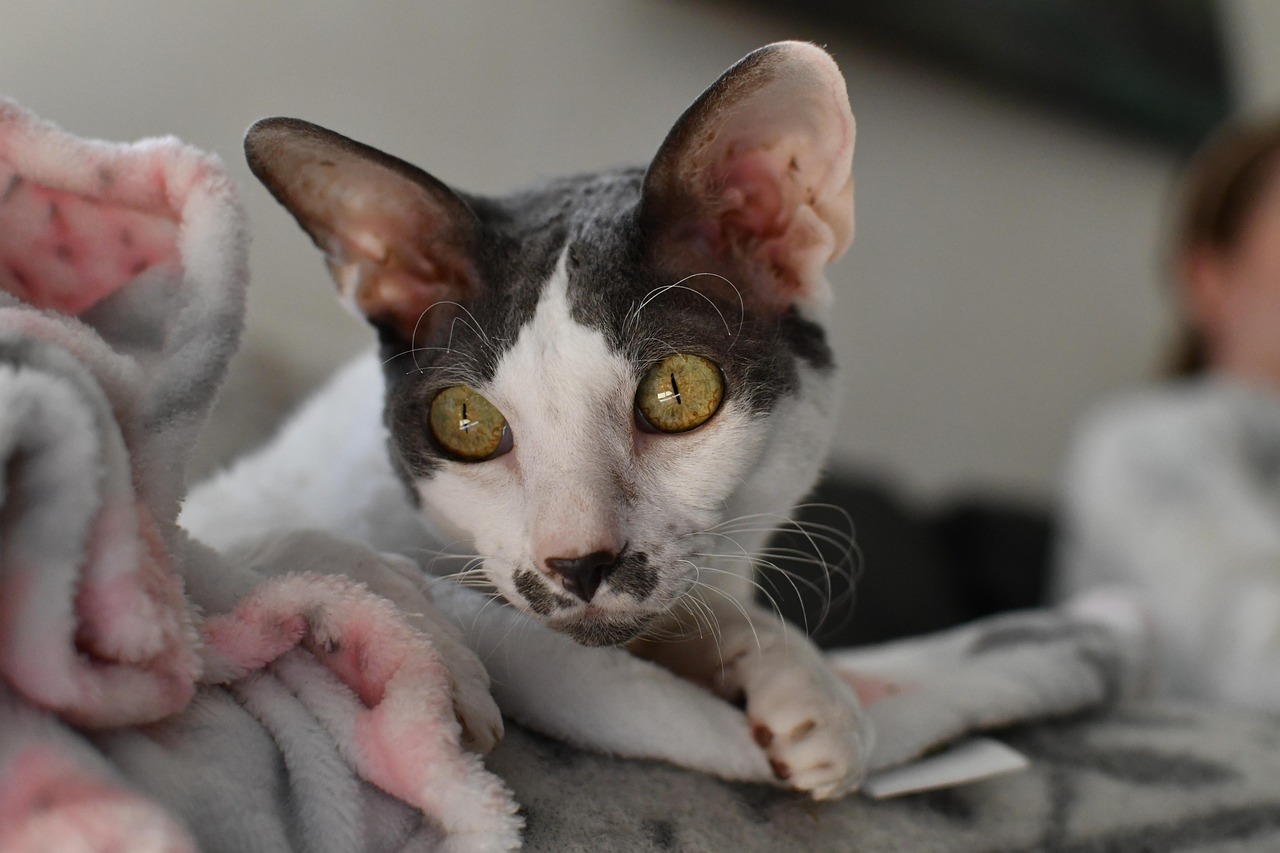
Cornish Rex cats have a unique, wavy coat and a slender, athletic build. Temperament: Energetic, playful, and affectionate. Best For: Active households with time for play. Their athletic abilities make them particularly effective at inserting themselves into situations where they feel ignored.
These cats use their acrobatic skills to literally climb over, around, and through any obstacle that stands between them and their owner’s attention. When feeling jealous, a Cornish Rex might leap onto your shoulders while you’re petting another cat or perform elaborate tricks to steal the spotlight back.
How to Handle Your Jealous Feline: Expert Strategies That Work
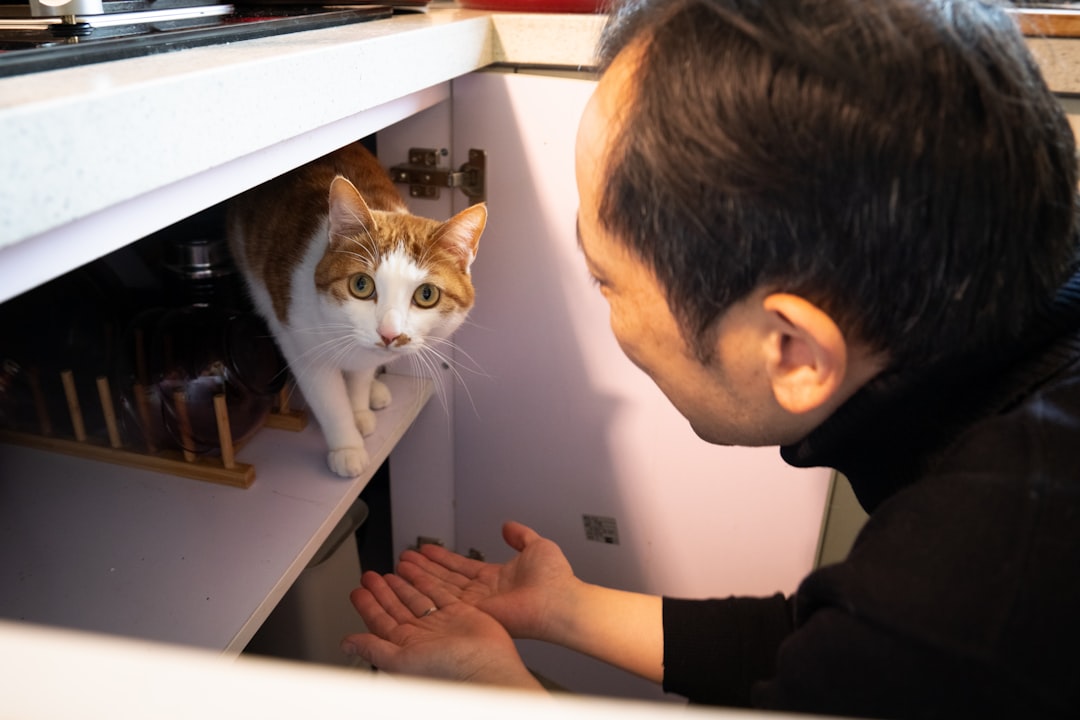
Managing a jealous cat requires patience, understanding, and consistent strategies. To prevent and manage feline jealousy, focus on making sure your cat is getting enough attention, playtime, treats, and toys. Provide them with additional cozy perches or good spots to sleep if they are acting jealous or if an impending change is coming. If there has been a big change, such as a baby or a new pet, they may need even more expressions of love from you than before because they may be hyper-aware they have to share you now, and not every cat likes that or is able to cope well.
Provide more resources, like food bowls, litter boxes, cat towers, and other things your cat highly values to help diffuse tense situations. “They need individual attention, lots of cuddling, and activities to keep them busy and to keep them from being bored. Sometimes, our pets just want us, and they don’t want to share us with another pet or person.” Most importantly, never punish jealous behavior, as this will only increase your cat’s stress and potentially worsen the problem.
Conclusion

Understanding your cat’s emotional needs isn’t just about managing difficult behaviors – it’s about building a stronger, more harmonious relationship with your feline companion. Whether you live with a dramatic Siamese or a possessive Turkish Angora, recognizing the signs of feline jealousy and responding with patience and understanding will help your cat feel more secure in their place in your heart and home.
Remember, what looks like jealousy is often just your cat’s way of saying they love you and want to make sure that love is reciprocated. With the right approach, even the most possessive breeds can learn to share their humans gracefully. What do you think about your cat’s jealous behaviors? Have you noticed any of these patterns in your own feline friend?





